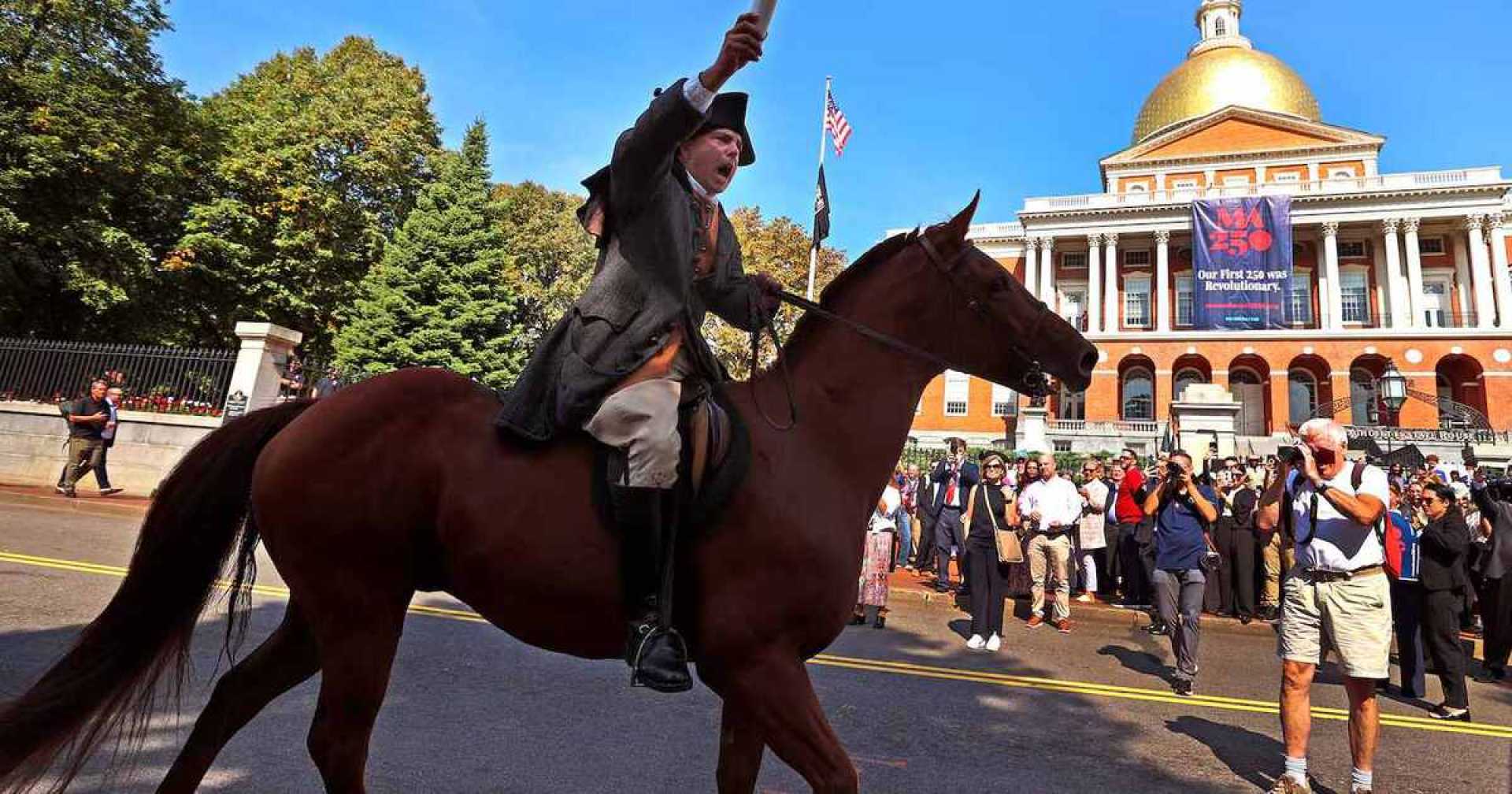News
Boston Commemorates 250th Anniversary of Paul Revere’s Historic Ride

BOSTON, Mass. — On April 18, Boston will mark the 250th anniversary of Paul Revere‘s renowned midnight ride, a pivotal moment in the American Revolutionary War. Two re-enactors will celebrate this historic event, with one portraying Revere on foot and the other riding horseback.
Michael Lepage will undertake the role of Revere, narrating his journey that began in the North End and culminated at Old North Church. The ceremony will honor Revere’s 1775 mission to alert the colonial militia that British forces were approaching by sea. “There will be many around Old North Church and the Revere House,” Lepage said. He added, “When I was little, my mother read me the poem by Henry Wadsworth Longfellow, and I was captivated.”
Central to the legend is the lantern signal used by Revere. Inside Old North Church, sexton Robert Newman lit two lanterns to indicate that British troops would arrive by water. Lepage said, “I hope in the future it is written properly that the signals in that belfry were not for me, they were from me.” After reaching the pier, Lepage will join fellow actors in a boat to row across the Charles River to Charlestown, where his reenactment journey will conclude.
First Sgt. Matthew Johnson, riding the horse Law, will represent the mounted Revere. Johnson, part of the Massachusetts Organized Militia, has reenacted the ride for nearly three decades, but this year is unique as he rides with the new horse he has trained for the past three years. “As long as you keep them at a certain gait or speed, you work to maintain it,” Johnson explained.
His journey will be shorter on the anniversary night, leading down Main Street in Charlestown. However, on April 21, he will participate in a full reenactment, tracing Revere’s original route alongside another rider portraying William Dawes, who also warned the colonies of the British advance.
While Longfellow’s poem painted Revere as the sole hero of that fateful night, the truth reveals that he was one of several riders delivering crucial intelligence. Revere and Dawes departed Boston to alert the leaders in Lexington as the British troops prepared to confront the burgeoning rebellion.
Contrary to popular myth, the phrase “the British are coming” was likely never uttered by Revere, who would have referred to the British as fellow countrymen. Instead, during the ride, he proclaimed, “The Regulars are coming out,” when confronted at a checkpoint. Revere was part of a coordinated effort involving other patriots, including Samuel Prescott, who completed the warning mission to Concord.
The importance of this historical narrative raises interesting questions about the legacy of Paul Revere, illustrated in Longfellow’s poem almost a century after the event. Historian Jill Lepore suggests that Longfellow’s intent may have been more about crafting a national myth than faithfully recounting history. “Longfellow used a figure from America’s past to explore the idea of America,” she said.
Overall, although Revere’s midnight ride is shrouded in myth and artistic interpretation, his contributions extend beyond that night. He actively participated in the Sons of Liberty, played a role in the Boston Massacre, and was instrumental in early battlefield medicine.
As Boston commemorates Revere’s legacy, it becomes clear that his story, while popularized by poetry, is fundamentally linked to the collective effort of many in the quest for American independence.












